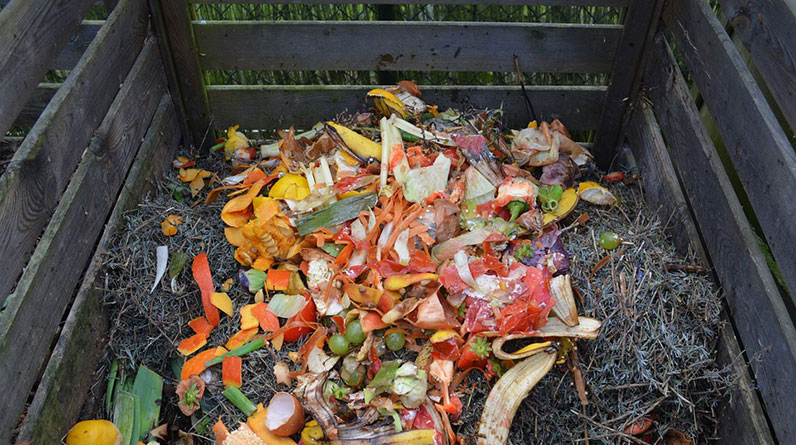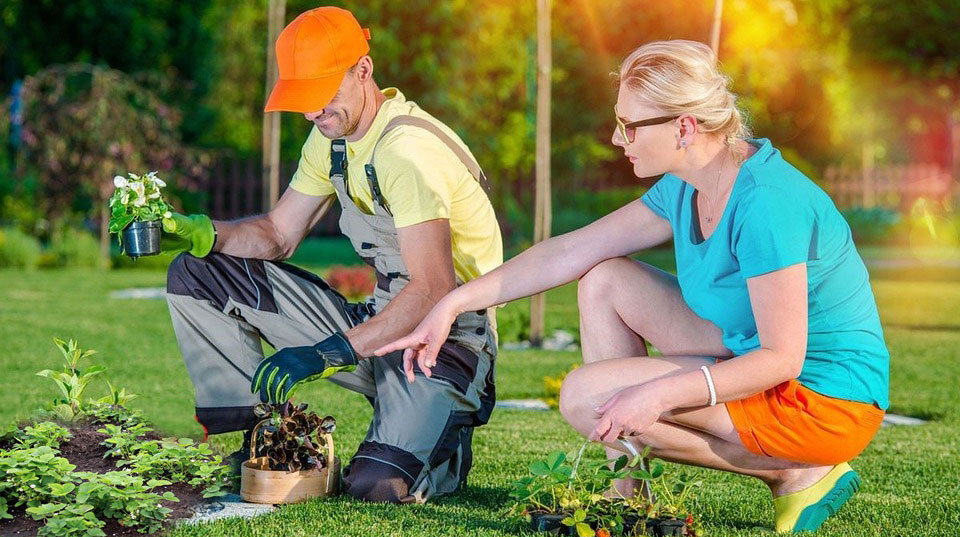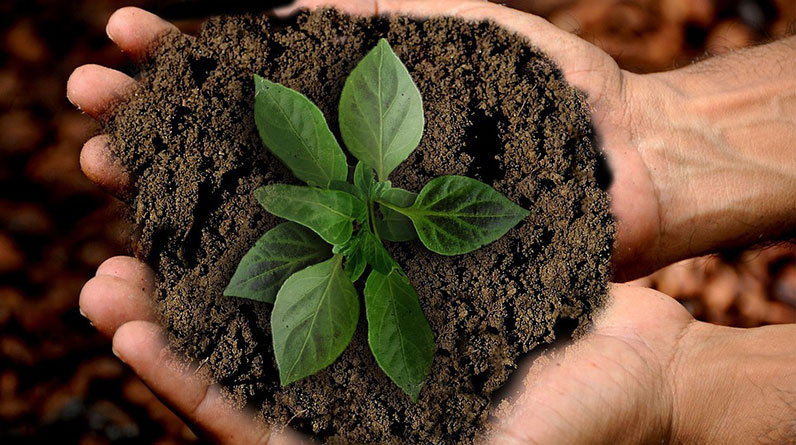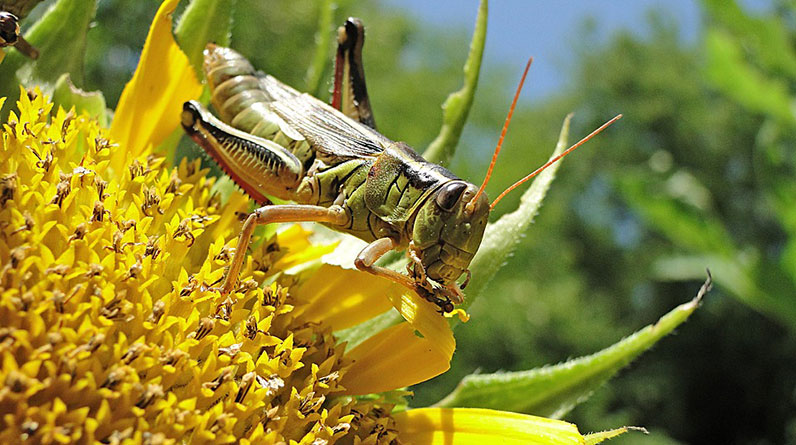
Create Your Own Organic Compost
Are you tired of buying bag after bag of commercial compost for your garden? If you’re looking to save some money and have more control over the quality of your compost, why not try making your own organic compost at home? It’s easier than you might think, and the benefits for your plants and the environment are numerous. Here’s how to get started creating your own organic compost:
Gather Your Materials
The first step to making your own compost is to gather all the materials you’ll need. You’ll also need a container or area to store your compost, such as a compost bin or a designated area in your backyard.
In order to create an effective compost pile, you’ll need a few essential ingredients. The most important is organic material. These include grass clippings, twigs, leaves, and fruit and vegetable scraps. You can use a lawn mower to slice your garden waste into manageable pieces.
Another important component is moisture. You’ll need to add water to the pile to keep it at the right temperature. As you add new materials, you’ll need to rotate the pile. To aerate the pile, you’ll want to use a pitchfork or other tool of your choosing.
Another necessary ingredient is the appropriate amount of nitrogen. Your compost pile should contain a mix of brown and green materials. Brown items should include newspaper, dried plant material, and straw. Adding these to your compost heap can speed up the decomposition process.
One of the best ways to get started is to ask friends and family for their unwanted materials. This can be especially useful if you live in a neighborhood where you don’t have access to a compost pile.
Start Layering Your Materials
Once you have your materials gathered, it’s time to start layering them in your compost container or area. Start by adding a layer of “brown” materials, such as dead leaves, twigs, and shredded paper. These materials will provide carbon and structure for your compost. Next, add a layer of “green” materials, such as food scraps and grass clippings, which will provide nitrogen and moisture. Alternate between layers of brown and green materials until your compost container is full.
Add Water and Mix
Once you have your layers of brown and green materials in place, it’s important to add water to your compost. This will help to keep everything moist and facilitate the decomposition process. Use a watering can or hose to lightly mist your compost until it is evenly moist. Then, use a pitchfork or shovel to mix everything together and ensure that the moisture is evenly distributed.
Keep in mind that adding a small amount of water to your compost pile will boost its oxygenation and help it decompose faster, but excessive moisture can lead to an odor and slime problem, and will not produce a healthy compost.
Let it Decompose
The final step in the composting process is to let everything decompose. This can take anywhere from a few weeks to several months, depending on the size of your compost and the materials you’ve used. As your compost decomposes, it will heat up and the materials will break down into a rich, crumbly soil-like substance. You can help to speed up the decomposition process by regularly turning your compost and ensuring that it stays moist.
You can speed up the composting process by adding a nitrogen fertilizer to the pile. You can also add a carbon-rich material, such as hay. Alternatively, you can buy commercial starters for compost piles that have the right ratio of carbon to nitrogen. Adding water is another way to help the process along.
Using Your Compost
Once your compost is ready, you can use it to enrich the soil in your garden or potted plants. Simply mix it into the soil around your plants or use it as a top dressing to give them a nutrient boost. You can also use your compost as a natural fertilizer by adding it to water and using it as a liquid plant food.
There are a few things to keep in mind as you create your own organic compost. First, it’s important to use a variety of materials in your compost to ensure that it has a balanced mix of nutrients. This means including both “brown” materials, such as dead leaves and twigs, and “green” materials, such as food scraps and grass clippings. You can also add in other organic materials such as coffee grounds, eggshells, and even small amounts of animal manure (just be sure to use manure from herbivores, such as cows or horses, rather than carnivores).
It’s also a good idea to avoid certain materials in your compost. These include meat, bones, and dairy products, as they can attract pests and create unpleasant odors. Additionally, avoid adding diseased plants or weeds that have gone to seed to your compost, as these can spread diseases or weeds to your garden.
As your compost decomposes, you may notice that it attracts a variety of insects and other critters. This is a normal part of the process, and these creatures help to break down the materials in your compost. However, if you notice any unwanted pests such as rats or flies, you may need to take steps to deter them. One way to do this is to cover your compost with a layer of straw or leaves, which can help to discourage pests and keep your compost looking tidy.
Finally, it’s worth noting that there are different methods for creating compost, and you may want to experiment to find the method that works best for you. Some people prefer to use compost bins or tumblers, while others prefer to create a compost pile in a designated area of their yard. Whichever method you choose, the key is to keep an eye on your compost and make any necessary adjustments to ensure that it is decomposing properly.
Making your own organic compost is a simple and rewarding process that can have numerous benefits for your plants and the environment. Not only will it provide your plants with all the nutrients they need to thrive, but it will also help to reduce waste and support sustainable gardening practices. Plus, it’s a great way to save money on commercial compost and have more control over the quality of the materials you’re using. So why not give it a try and see the difference it can make in your garden?
By following these tips and being patient, you’ll be well on your way to creating your own rich, nutritious organic compost for your garden. Happy composting!



